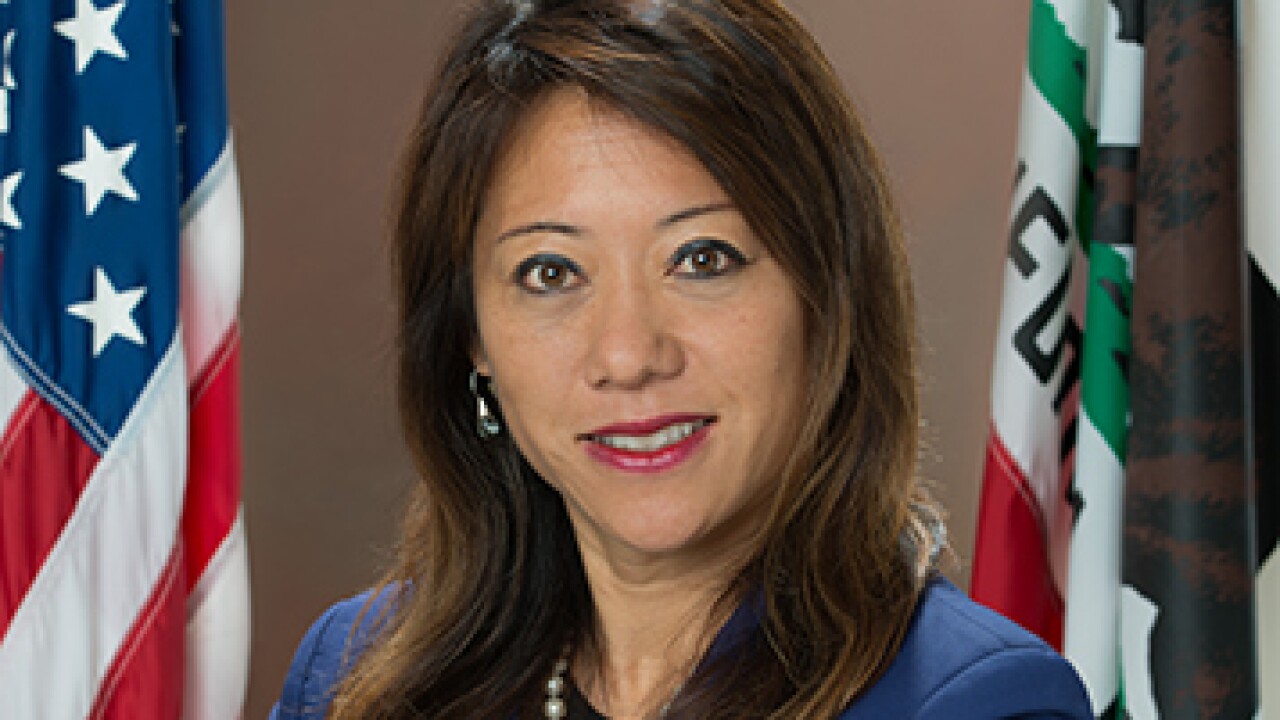Transit agencies face a federal funding cut of about 12% unless Congress completes work this month on a 2020 fiscal budget or, as is more likely, passes a stopgap budget that keeps spending level until late November.
That’s just one of the many issues of concern to states, local governments and transportation agencies as lawmakers begin final negotiations on the new budget for the fiscal year starting Oct. 1.
The nonpartisan Congressional Research Service estimates the pending cuts in transit grants at $1 billion because of shortfalls in the federal Highway Trust Fund.
"About 87% of its revenues flow into a highway account, while 13% are dedicated to the mass transit account," CRS reports. "The law mandates quarterly reviews of the financial position of the highway account, commonly known as the Byrd Test, and the mass transit account, commonly known as the Rostenkowski Test."
“This could lead to reductions in federal grants to local transit agencies for purchases of new buses, railcars, and other facilities, the upkeep of existing facilities, and, in the case of many smaller systems, for operating expenses,” CRS said in an April report. “In a typical year, almost 80% of federal transit funding is distributed by formula.”
In addition, federal highway programs are facing a $7.6 billion recission in July of next year unless Congress acts to cancel it.
Brittney Kohler, program director for Transportation & Infrastructure at the National League of Cities, expressed hope that Congress acts to prevent the transit and highway cuts as part of a stopgap budget resolution this month or in an omnibus 2020 budget bill later this year.

“Cities are hoping that Congress steps up their action and gets this done before there’s any potential consequences that start to unfold,” Kohler said. “We really need to push them to get this done sooner rather than later if only because the longer this waits, the less likely we can wrap this up with a pretty bow, and get on with life as normal rather than a manufactured emergency.”
Emily Brock, director of the federal liaison center of the Government Finance Officers Association, said the coming weeks will be challenging for the public finance community “because there’s not going to be a lot of open discussion about what will be included and the potential allocations.”
Brock couldn’t predict what might happen legislatively before the end of the year in terms of infrastructure measures.
State and local officials are resigned to the likelihood Congress will opt for enacting a stopgap budget because there’s so much work that’s been left undone.
President Trump signed a two-year budget agreement on Aug. 2 that sets top-line spending limits for military and non-defense programs for fiscal 2020 and 2021. It also suspended the debt limit through July 2021, which allowed the Treasury to end its extraordinary measures to avoid breaching the debt limit and reopen the trading window on State and Local Government Securities on Aug. 5.
In a blow to the municipal bond market, the deal maintains annual mandatory sequestration cuts to direct-pay bond subsidies for 10 more years.
The House approved 10 of the 12 annual spending bills for 2020 before beginning the August recess, but the Senate held back on its budget work while awaiting the larger deal on spending caps.
With Congress returning to work this week, the Senate Appropriations Committee is scheduled to vote on its first four of those 12 spending bills on Thursday.
But the calendar doesn’t leave much time for the Senate to get its work done. On a practical level, it’s considered impossible for the Senate to hold floor votes on all 12 bills and to negotiate the details of them with the House before the end of the month.
A spokesman for the National Governors Association acknowledged that states are likely to wait for final word on their federal aid. “Even though a continuing resolution is not ideal, and does not provide the fiscal certainty that states need to plan their budgets, one will likely be necessary to avoid a federal government shutdown that would jeopardize government services and disrupt the vital federal-state partnership,” the spokesman said.

David Damschen, president of the National Association of State Treasurers and Utah State Treasurer, said members of his organization “would like certainty in the federal budgeting process and a completed budget by October 1.”
However, Damschen said, “We understand that congressional leadership and the administration are working to finalize a budget and we applaud that. Treasurers will, as they have in the past, work to ensure state finances and investments remain strong while operating under a continuing resolution.”
The 2020 spending bills already passed by the House calculated domestic spending at $15 billion above the amount House lawmakers eventually agreed upon with the Senate.
“Our staff has modeled what type of reductions may be acceptable to us,” a House Democratic leadership aide said. But negotiations can’t begin until the Senate agrees to its spending priorities.
The House could vote next week on a stopgap budget through late November or early December until work on the 2020 budget is completed.
Adding to the complexity of the negotiations is an administration request for $3.6 billion for military construction to replace the money it recently redirected for construction of a wall on the southern border.
Democrats in the House and Senate do not support making cuts to cover that cost.
House Democrats expect most programs that provide grants to state and local governments will be funded at least at 2019 levels. “I would not promise there will be no programs that will go below FY ‘19, if there are programs where usage has fallen,” the leadership aide said. “But in broad strokes very few programs will be reduced relative to their FY ‘19 level. Virtually none.”
Local government priority programs such as Community Development Block Grants are expected to receive increases.





